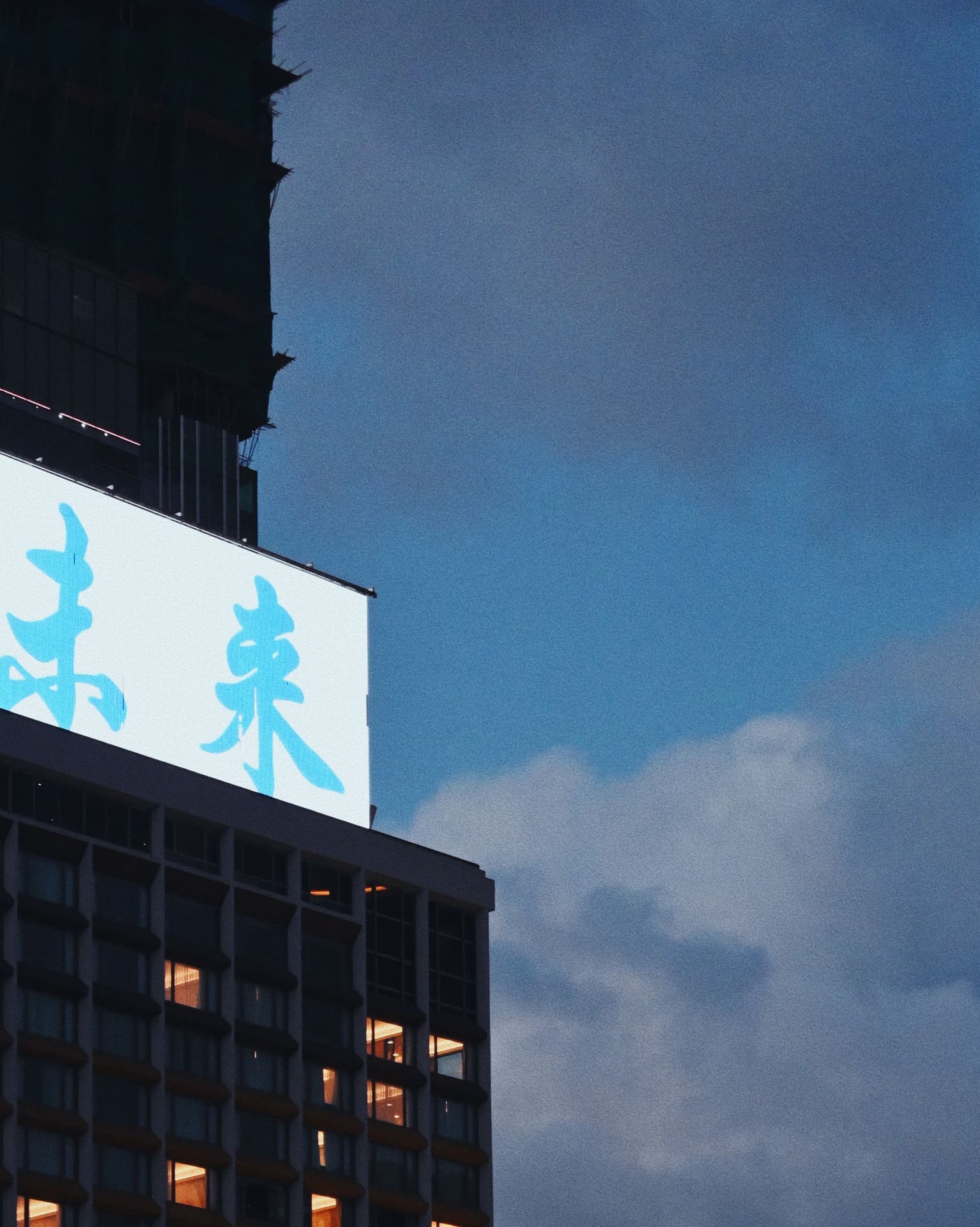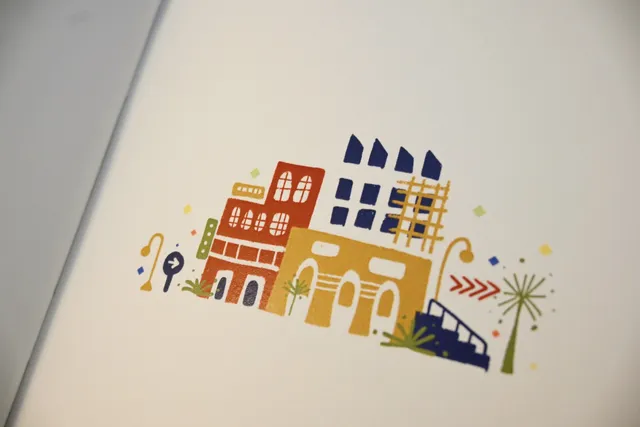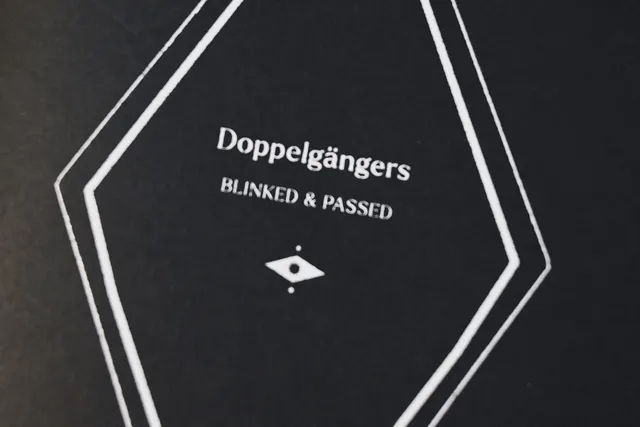The Fine Line: Nostalgia vs. Cultural Relevance in Hong Kong
Explore why nostalgia could both contribute to and harm the discussion of Hong Kong's cultural identity.
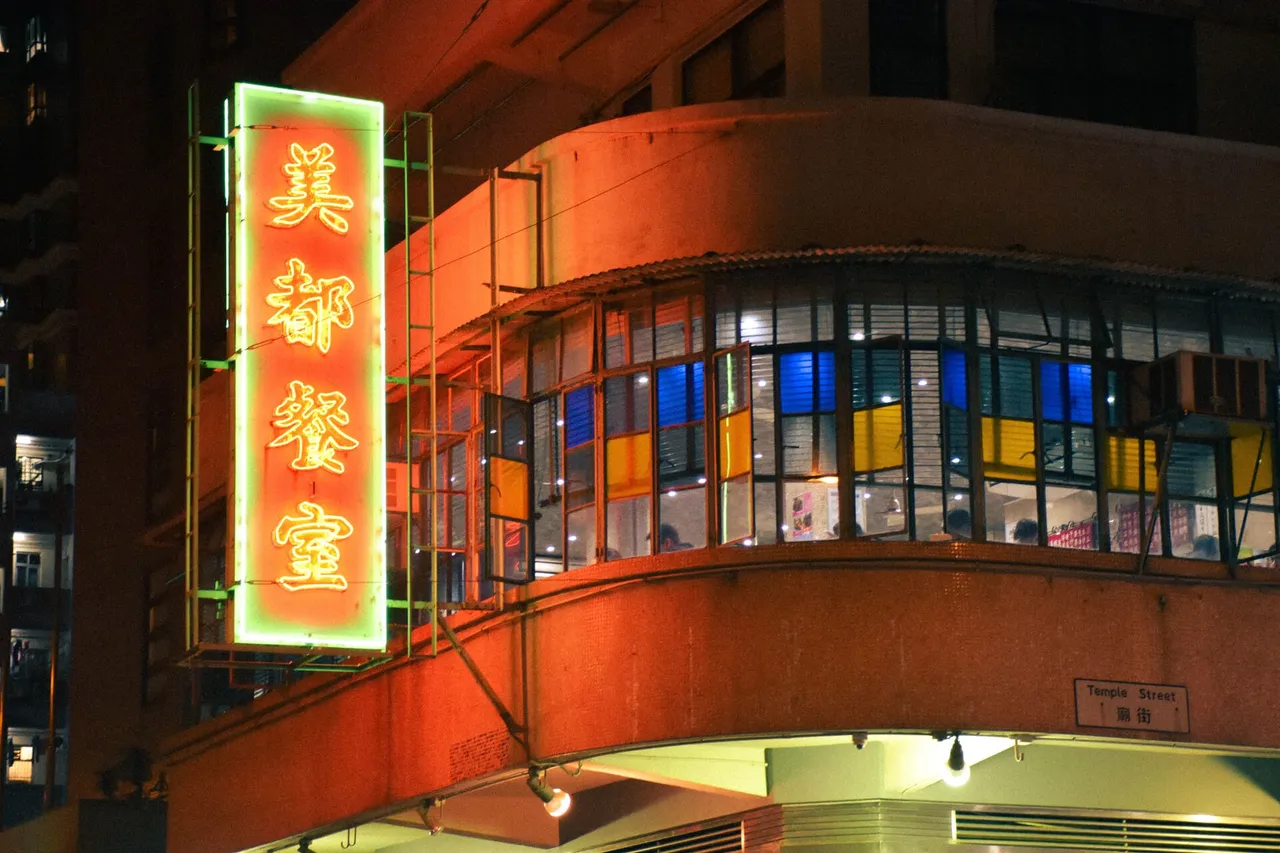
Author's note: This article was first published on 25 November 22 and has been updated.
From revival of neon shop signs, Chinese calligraphic lettering, vintage-inspired illustration to popularity of retro cafes, Hong Kong is awash with nostalgia. Locals cherish these Instagram-friendly visuals and see them as a key part of Hong Kong's cultural identity. I appreciate when people bring new life to the vernacular culture, but is that all Hong Kong has to offer? This question has been in my mind for some time, and I decided to ramble a bit here.
The meanings of nostalgia
Nostalgia is a feeling of missing the joy of the past. It has often appeared in popular culture and helps to connect people. To experience nostalgia, you don’t even need to be born in or grow in that period. It's about viewing the past with rose-colored glasses, highlighting the better or simpler times and the nostalgia that follows. The lifestyle and design choices made are a blend that idealizes the past.
With ongoing changes in society and city development projects, it's normal for locals to wonder about the true nature of their hometown. Bringing new life to retro design and architecture, adopting vernacular design elements in graphic design, documenting old signage and buildings with photography, and simply supporting artists and shops of the like, give people a sense of comfort, and maybe a quick answer to the unknown we’re facing.
Offering substance or smoke and mirrors?
Nostalgia, in this sense, plays a crucial part in understanding and learning the cultural identity of Hong Kong. Loving the past can help us understand our culture and history better. It can also help us answer the questions that shape who we are. Activities like revitalising retro design elements and preserving the old architecture and signage, gives us an opportunity to understand, appreciate and reinterpret the past in newer, different angles. The love for these artefacts leads to people studying and archiving them, leading to conservation. Preserving the past helps us understand who we are and can guide us toward the future.
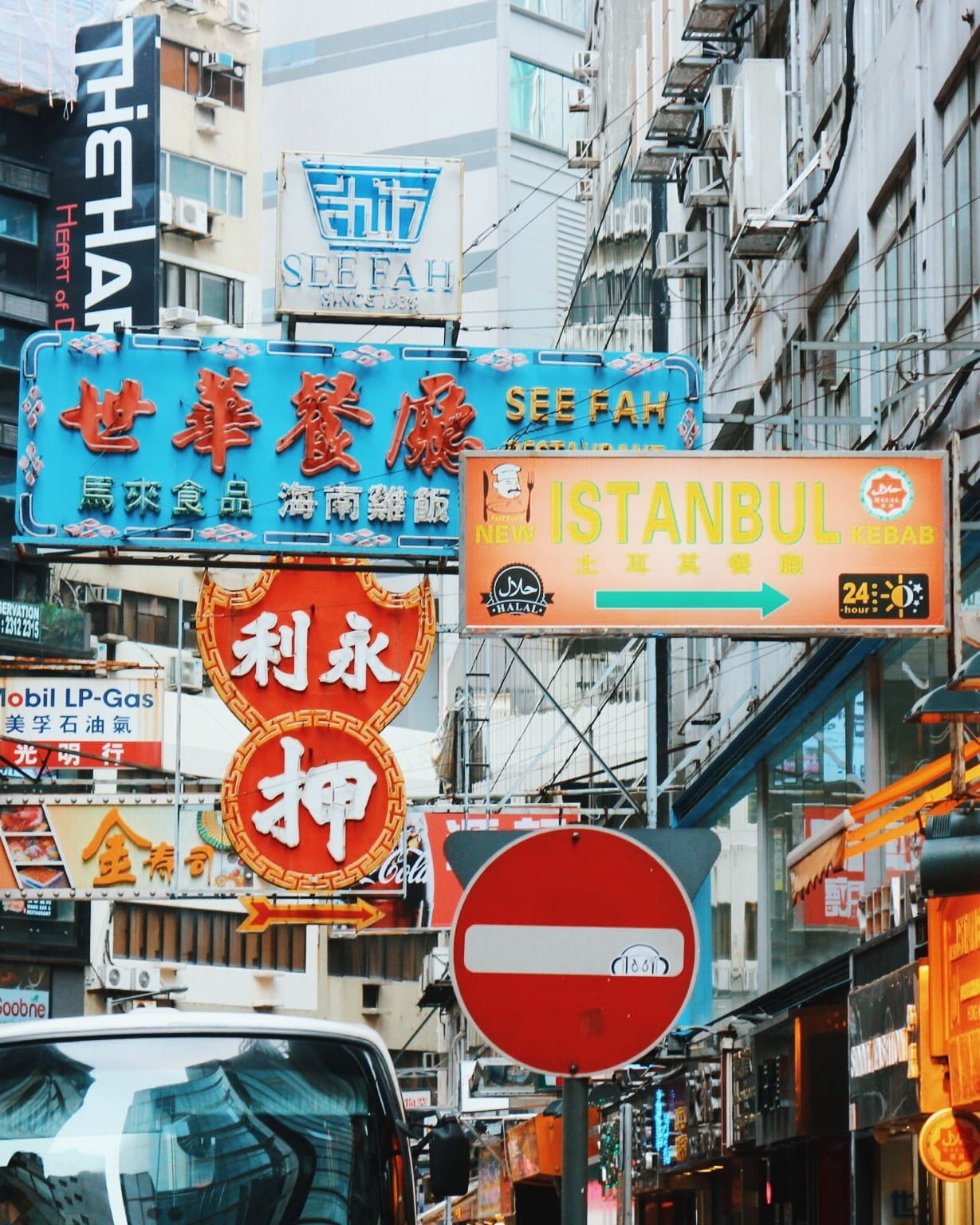
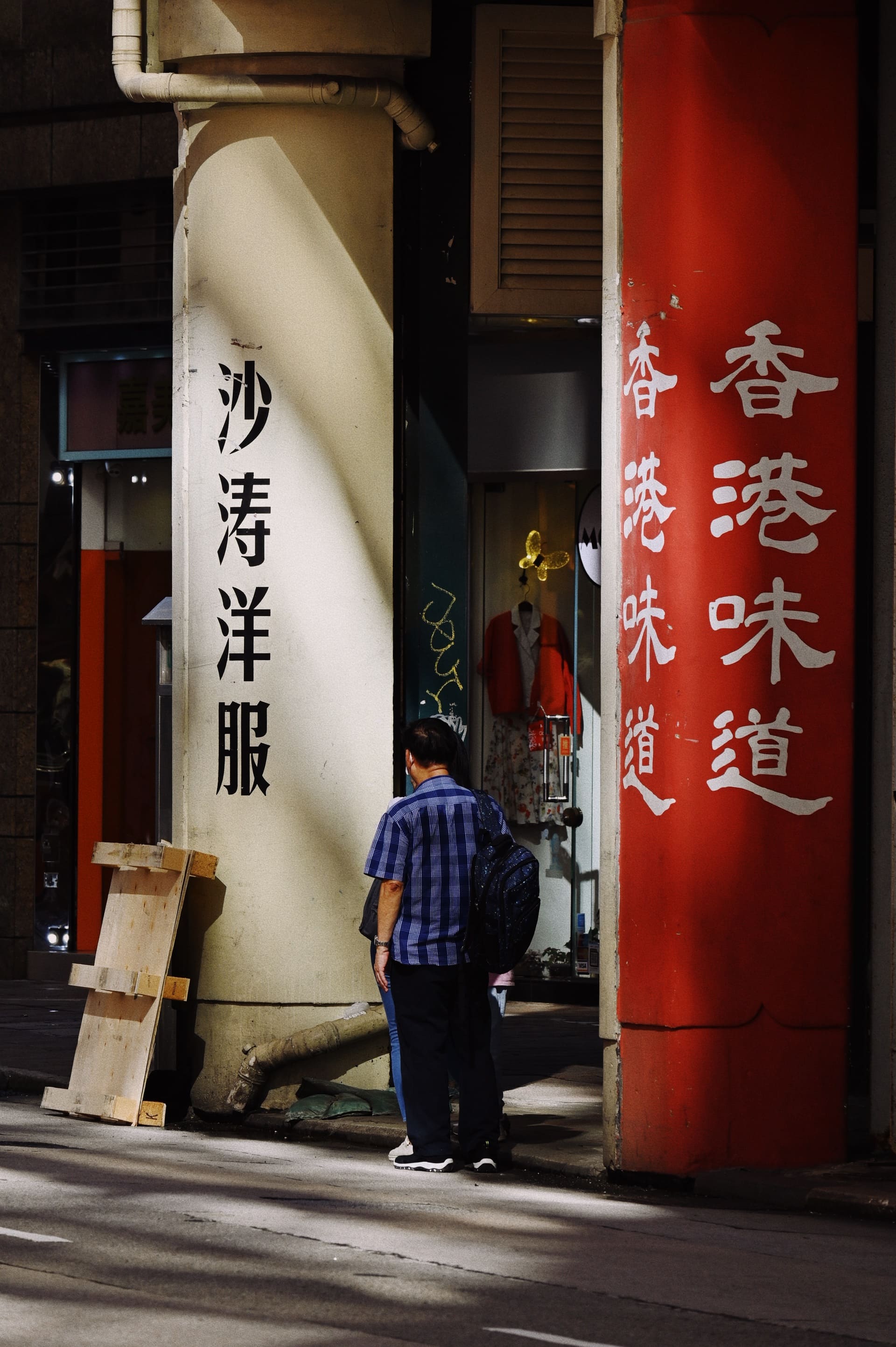
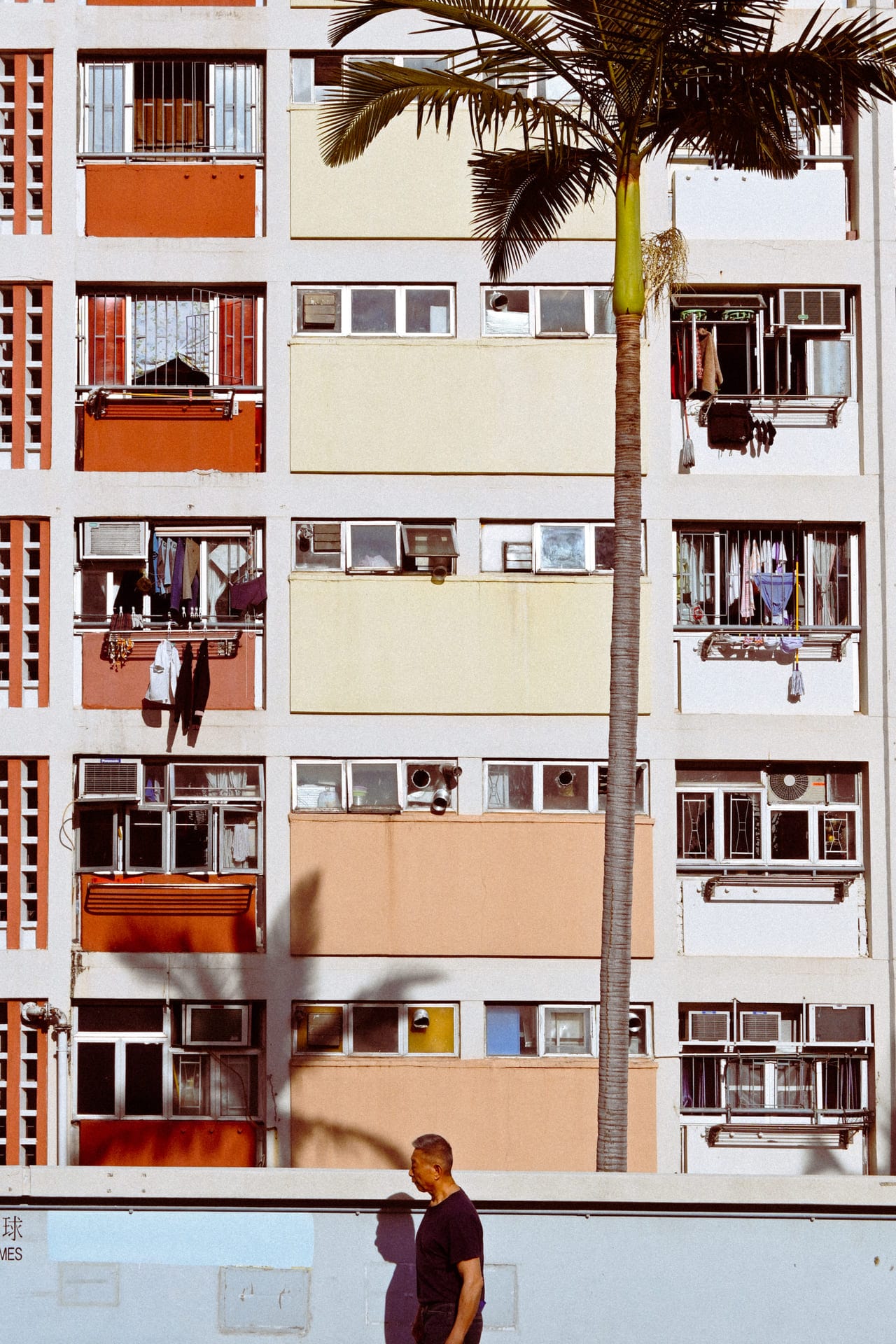
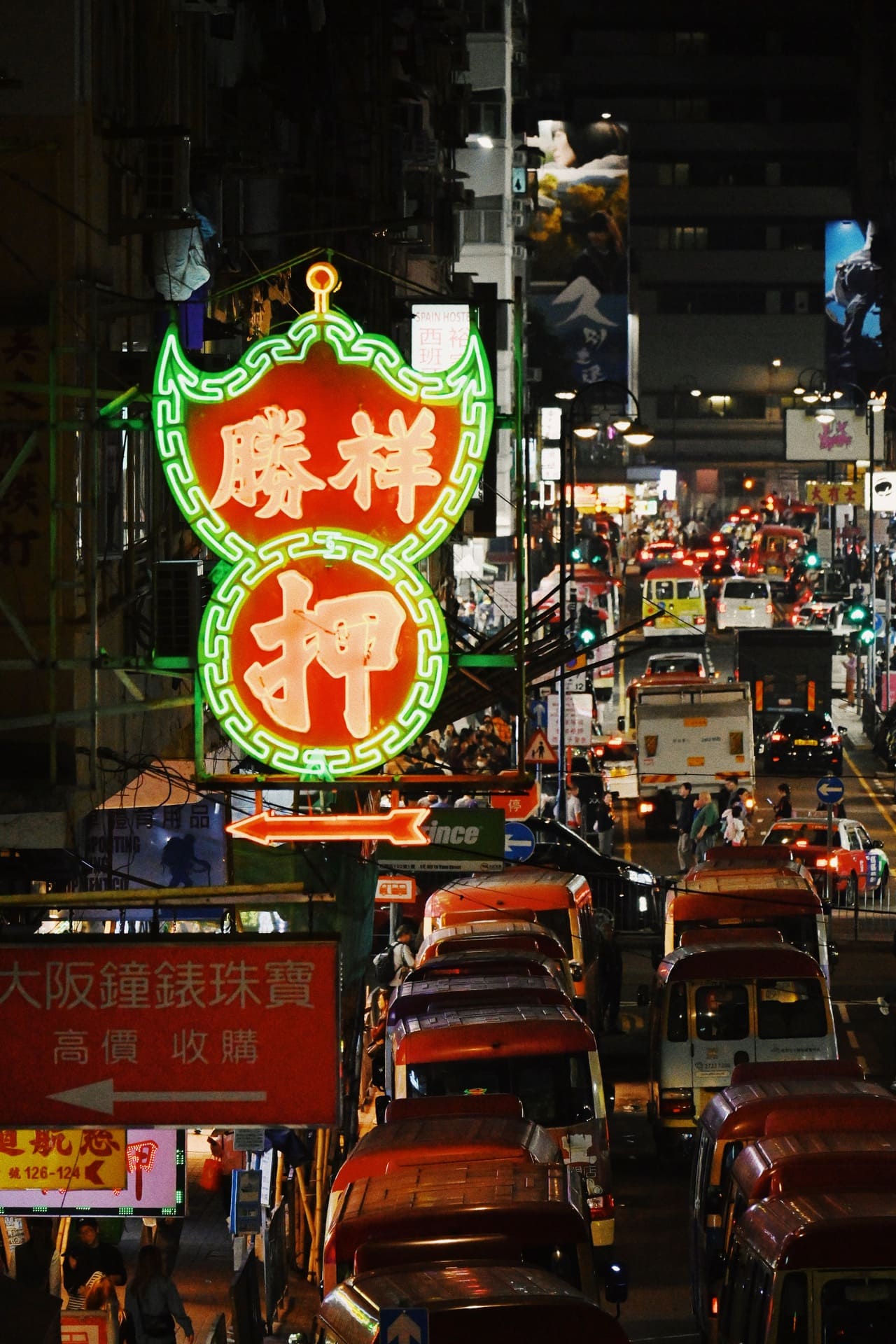

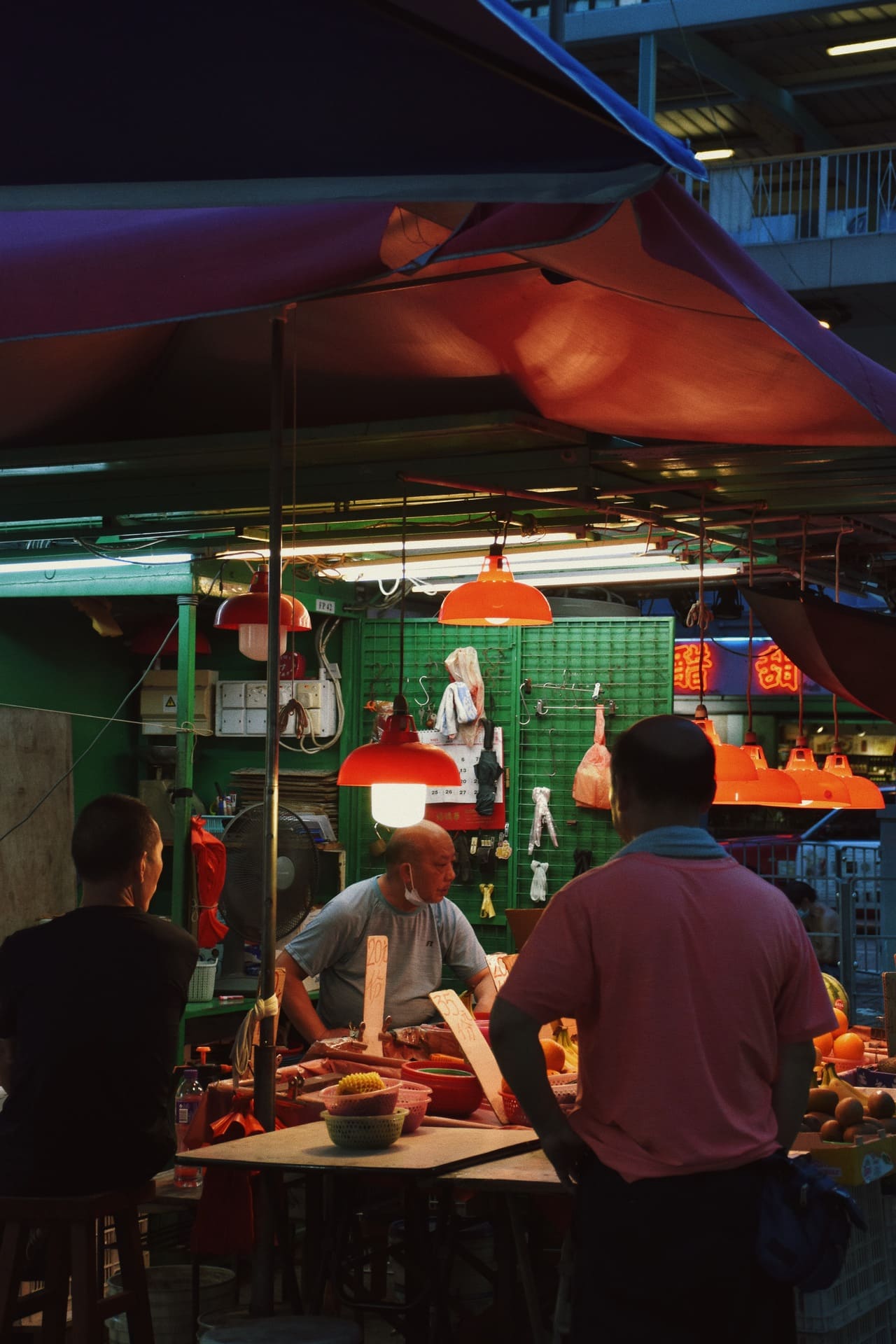
Nostalgia only becomes a problem when we only focus on the form of the artefacts instead of their meaning and context. Vintage-inspired posters, illustrations, and shops have their own style and market appeal. However, it's important to consider how they affect the discussion about Hong Kong's cultural identity. Will it act as smokes and mirrors for these important answers?
Moreover, cultural identity is not just about objects. It also involves the reasons these things exist and the ways people live. These are always changing along with the socio-economic development of the society. If the place we live is always evolving, then why not our cultural identity? And finally, the effort could backfire as focusing only on the artefacts may lead to stereotyping our own culture, and makes foreigners understand us as the face value that becomes less relevant.
We all can enjoy nostalgia, appreciating the beautiful things that it brings, but there’s a fine line between holding on to the past and cultural preservation and revitalization. And that matters because this will decide if we can reinvent and break through from the past, and that’s how a culture, or a place, thrives.

